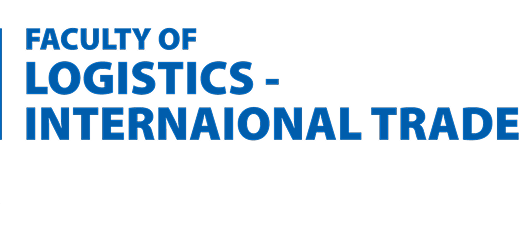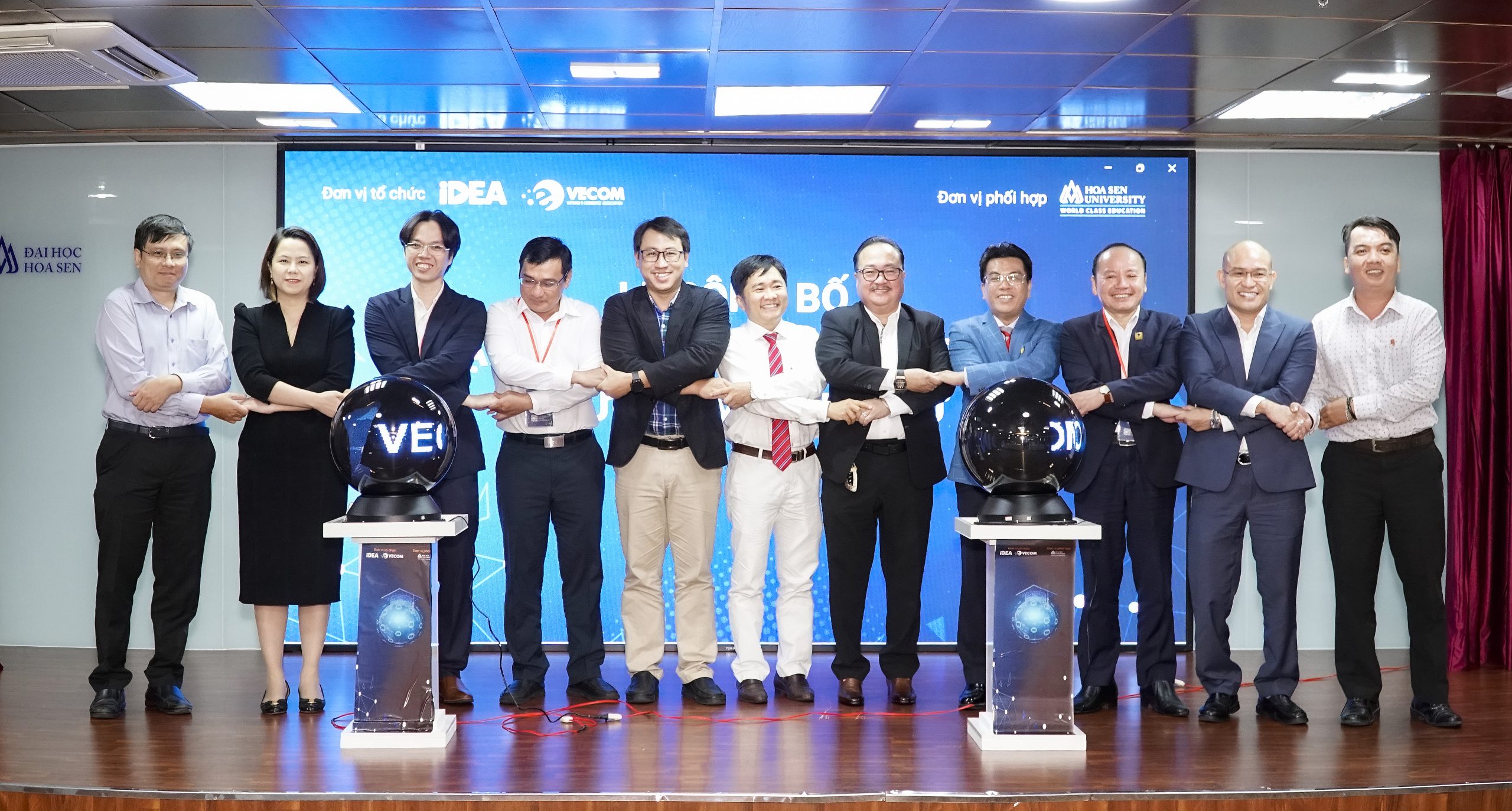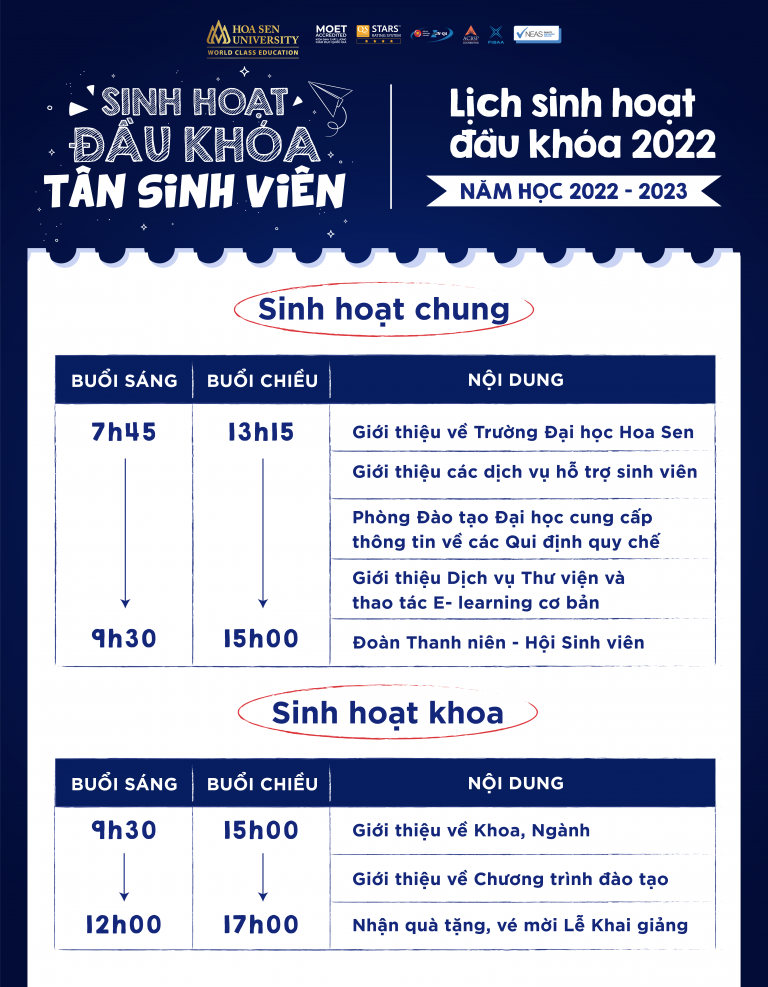Flow of goods and 5 common Logistics activities

Logistics is considered the “lifeblood” of the supply chain, this is a complex network of many activities carried out according to strict procedures to ensure the safe and scheduled transportation and storage of goods from suppliers to end customers on a global scale. Logistics activities take place effectively to help the supply chain maintain continuity and without interruption. This provides opportunities to optimize costs and increase efficiency in the supply chain.
To see the complexity in the Logistics network, first let’s join the Faculty of Logistics – International Trade to learn about the flow chart of goods moving in the supply chain and the Logistics activities that will be carried out at each point where goods arrive. turns over.
Flow of goods in the supply chain
The flow of goods in a supply chain is the circulation of products, materials and services from suppliers to final consumers. The goods flow includes activities from raw material procurement, production, storage, packaging, and distribution to customers. Merchandise flows can be organized in many different models, depending on business strategy, customer needs and the nature of the product.
From understanding the flow of goods, businesses can identify bottlenecks, inefficiencies and areas for improvement in their supply chain operations. This can help reduce costs, increase efficiency and improve customer satisfaction.
The flow of goods in a supply chain can be expressed through the following 6 basic steps:
- Receiving from Supplier
- Custom Clearance
- Domestic Transportation
- Manufacturing
- Storage
- Distribution
1. Receiving from supplier
The flow of goods begins with the transportation of materials from suppliers to storage. Raw materials used for the manufacturing process may be imported or used domestically.
2. Customs Clearance
If raw materials are imported, in order to cross the border, the goods need to go through the customs clearance process. Customs clearance services help ensure that goods are handled properly and comply with relevant import/export taxes and regulations.
3. Domestic Transportation
Raw materials will be transported to the raw materials warehouse to prepare for the production process. Transportation options include road, rail, or sea, depending on distance and type of goods.
4. Manufacturing
Next, the raw materials will be transported from the warehouse to the factory or production facility. Here, the raw materials or different components are converted into the final product.
5. Storage
Before being shipped to the final customer, the goods will be stored in the finished goods warehouse. Storage plays an important role in preserving and controlling inventory.
6. Distribution
Finally, once the goods have been produced, stored and transported domestically, they are delivered to the final customer in two main ways: directly to the customer or through a distributor.
Managing the flow of goods across a supply chain is an exciting and important challenge. For each step in this process, accuracy, efficiency and information management play a key role to ensure that the final goods reach the customer with the best quality and shortest delivery times. .
5 Main activities in Logistics

Logistics is composed of many different activities, at each point where goods move through, corresponding Logistics activities will take place. In this article, the Faculty of Logistics – International Trade will divide Logistics into 5 main activity groups, including: Warehouse, Distribution Transport, Value Added Services, Customs Services, After Sales Services.
All of these services work together to create a seamless and efficient flow of goods throughout the supply chain. More than anyone else, personnel and managers need to thoroughly understand the overall picture of Logistics services and the connection between these services to ensure the Logistics process takes place effectively.
Each service segment will be responsible for implementing and managing corresponding activities, the Faculty of Logistics – International Trade will mention in detail through the content below:
1. Distribution
- Transportation Planning : establish a plan for transporting goods from origin to destination, including determining optimal routes, selecting means of transport, and optimizing resources to ensure efficient, economical transportation. save costs for businesses.
- Loading and Packaging: loading and unloading goods from the point of origin and packing them safely to avoid damage or loss during transportation
- Tracking and Schedule Management: the process of tracking and managing freight schedules, including monitoring the location and status of goods during travel.
- Vehicle Fleet Management: management of transportation vehicles and periodic maintenance, to ensure vehicle performance and safety.
- Data Processing: manages and implements documents and procedures related to the goods transportation process to ensure that they comply with legal regulations and regulations on goods transportation.

2. Warehouse Services
The main function of warehouse services is to store and preserve raw materials or goods from the time they are received from the supplier or after completing the production process until they are transported to the final customer. Warehouse services include a number of specific activities such as:
- Receiving: receiving and unloading goods from incoming transport vehicles, inspecting, recording receipts and deciding where received goods will be stored in the warehouse
- Storage: After unloading from the transport vehicle, raw materials or goods will be stored while waiting for production or transportation to customers.
- Order preparation process/Picking: activities of receiving, processing and preparing orders for delivery to customers, including separating and packaging goods according to orders.
- Stock Control: monitors the quantity and condition of goods to ensure the warehouse always has enough stock to meet customer needs, avoid shortages or excess inventory, and minimize the risk of loss or damage of goods .

3. Value Added Services
Value Added Services provide customized and value-added services to a business’s product or service, such as special packaging, quality testing, and adding value through special manufacturing or shipping processes. special. Value-added services are often designed to meet unique customer needs and provide competitive benefits to the business.
Add-on services in Logistics are often divided into 3 main groups:
- Physical activities
- Administrative services
- Complex value added services
Specifically, the main activities of these service groups are as follows:
Physical activities
Physical activities can be understood as activities that come into direct contact with goods, including:
- Quality Control: inspecting goods to ensure quality and integrity, including checking technical specifications, and measuring quality indicators.
- Packaging: the process of packing or placing goods in packaging safely and appropriately, helping to transport and store them safely without damage.
- Labeling and Tagging: marking and labeling important information on products or packaging, including barcode printing, product labeling, and marking information such as origin, expiration date, and product code.
- Kitting: the process of creating product sets that are combined from many different types of products, to create a special set of products, serving a specific purpose, often used in promotions at retail stores. retail chain.

Administrative services
Administrative services can be understood as services and activities that focus on administrative and management processes such as:
- Order Management: the process of processing and managing orders, including order entry, confirmation, processing and delivery tracking.
- Vendor Managed Inventory (VMI) and Co-Managed Inventory (CMI): inventory management services performed by the supplier or through collaboration between the supplier and the customer. The goal is to optimize inventory and ensure the supply of goods on demand.
- Fiscal Representation: representation services on tax and financial matters to assist clients in managing international operations or cross-border goods transactions effectively and in compliance with tax regulations.
- Billing: refers to creating and sending invoices to customers or business partners to collect fees for products or services provided.
Complex Value Added Services
Complex Value Added Services is a set of complex or diverse services, combined from many different activities to meet the special needs of customers in managing products and goods, including includes the following services:
- Merge in Transit: the process of combining and consolidating goods from many different locations into a single shipment before delivery to the final destination
- Cross Docking: the process of arranging and delivering goods without needing long-term storage at the warehouse, helping to reduce inventory time and speed up the delivery process.
- Technical Services: providing technical services such as repair, maintenance and quality testing for special goods or equipment, ensuring customers’ goods or equipment always work well and comply with standards quality.
4. After Sales Services
These are services performed after order completion. These activities often focus on creating added value for customers or solving problems that occur after sales, in order to improve customer satisfaction and open up opportunities for long-term cooperation. In logistics, after-sales services include:
- Reverse Logistics: refers to a specialized segment of logistics that focuses on the movement and management of products and resources after delivery to customers, including returning products for repair, returning packaging empty, recycle used goods back into the commodity chain or clean containers for reuse.
- Spare Parts Management (SSPM): solutions that help customers manage time-critical or time-sensitive aftermarket parts, including a network of forward storage locations and centralized replenishment warehouses, which can including returns and repairs, product exchanges, replacements and parts distribution.
- Progressive Dispositioning (PD): managing the return flow and storage of used or end-of-life products for distribution and resale into alternative markets or economies, including value-added services increases such as rework, labeling and repackaging.
- Maintenance and Repair: activities of checking, measuring, replacing, adjusting and repairing – aimed at maintaining or restoring a functional part to a defined state in which it can perform its functions. its required functionality.

5. Custom Services
Raw materials can be imported and goods can be exported once production has been completed, so Custom Services in Logistics will be responsible for carrying out planning, preparation and management services. Customs procedures in import and export of goods, specifically the following services:
- Pay taxes, fees and other charges: fully pay taxes, fees and other charges according to regulations of customs authorities and other agencies related to import and export goods
- Import and export documents: carry out necessary papers and documents for goods according to regulations of customs authorities and other agencies such as the Ministry of Health, Ministry of Agriculture, Ministry of Industry and Trade, Ministry of Culture… Documents These papers and documents can be certificates of origin, quarantine certificates, import licenses, export licenses…
- Transport, store, load and unload and deliver goods: activities of transporting goods from the place of production or purchase to the import-export border gate, storing, loading, unloading, and delivering goods at the border gate or elsewhere as required customer demand.
- Consultation on customs: consulting services on customs regulations, taxes, fees and tax incentives and exemptions related to import and export goods.
The above content only mentions some of the most basic work items in Logistics. The nature and complexity of the supply chain network often changes depending on the specific industry and size of the business. Therefore, managing and operating the supply chain requires personnel with high knowledge and skills, especially in the context of an increasingly complex business environment. Professionalism and in-depth understanding of Logistics operations, including delivery and distribution operations, transportation planning, and data management, are important to ensure the smooth flow of goods. and efficiency.

Conclusion:
Logistics is a complex system that includes many important services performed throughout the flow of goods from suppliers to final customers. Interoperability and effective working between these services play an important role in ensuring the seamless and efficient flow of goods from origin to destination. Distribution Transport ensures that goods can move from their origin to their next destinations. Warehouse provides storage space for goods. Customs Services help overcome international barriers. After Sales Services maintains relationships with customers and helps resolve post-sales problems. Value Added Services provide additional value and product customization as needed.
All these services work together to create a complete and seamless system to ensure continuity and efficiency in the supply chain, helping to maintain customer satisfaction and strong competition in the global market.















